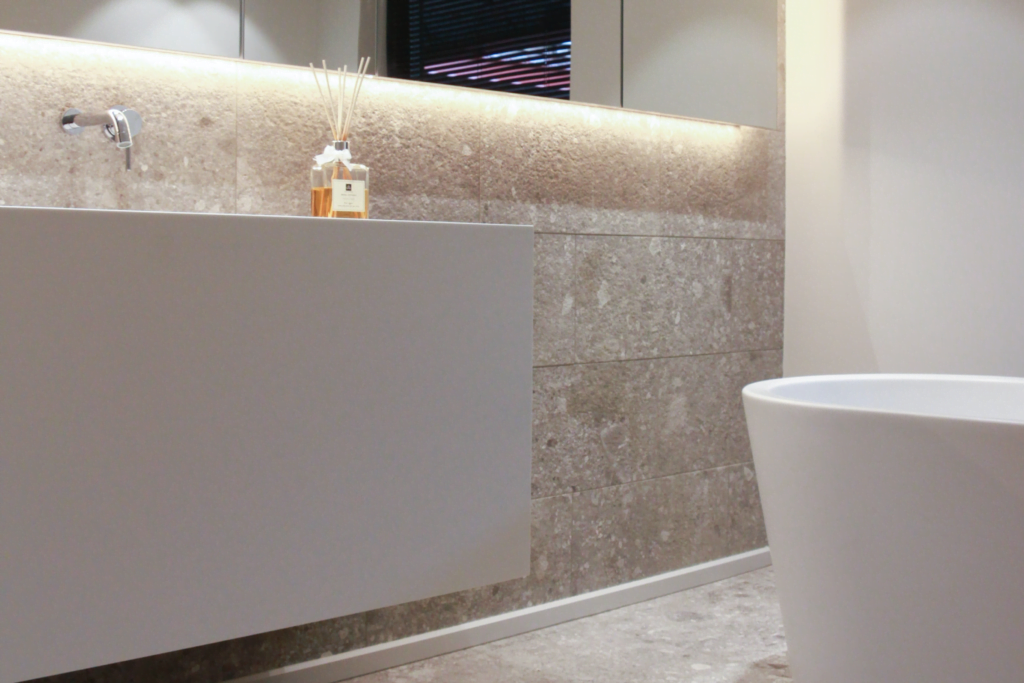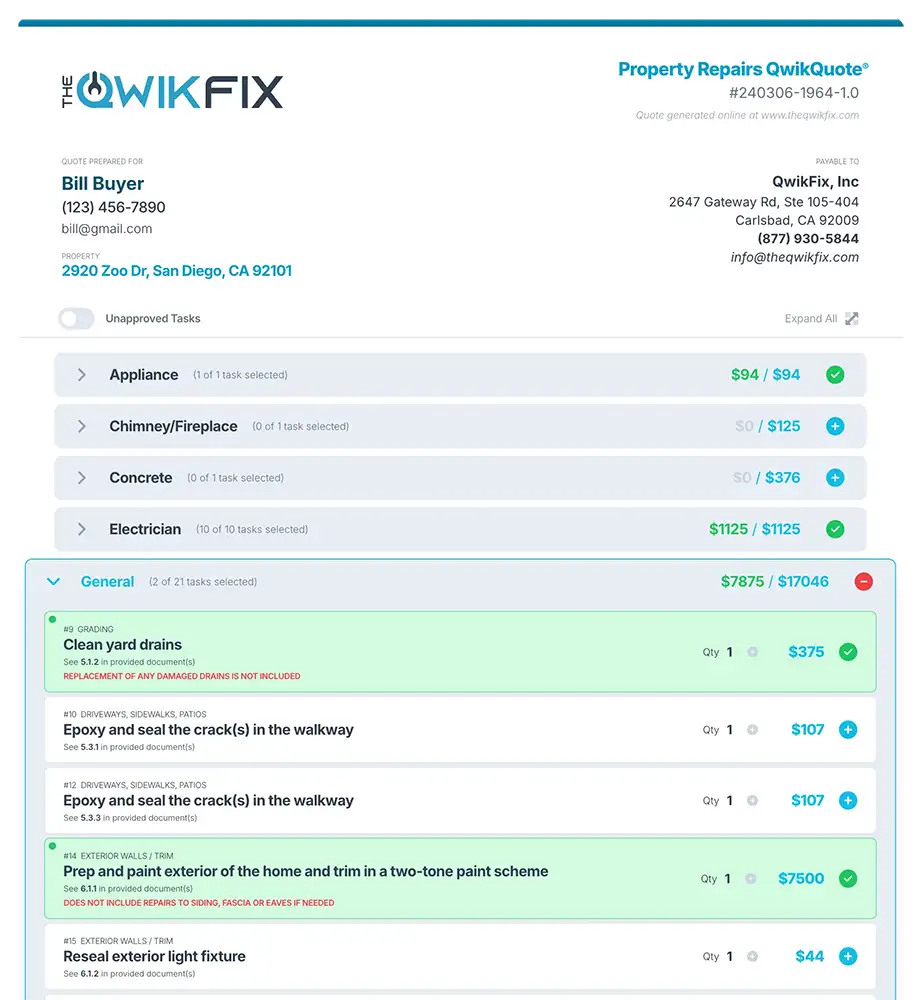
Nothing can be more off-putting than discovering mold in your home. Not only is it likely to have a negative impact on the value of your property, but could cause health problems if left untreated. The presence of mold in the home is distressing for any homeowner. Knowing how to detect and protect against it is essential and can alleviate the need for a formal home mold inspection. Keep reading to find out more!
Mold can grow in hidden areas, such as behind walls or in the attic, even if there is no visible evidence of a leak. This can occur if there is a high level of humidity or poor ventilation in the home. It can be difficult to know if you have hidden mold, but there are some signs that may help detect hidden mold in your home.
Signs of Mold in Your Home
- Musty or damp odors in the home
- Persistent symptoms such as allergies, headaches, or respiratory problems
- Stains or discolorations on walls or ceilings
- Peeling or bubbling paint or wallpaper
- Warping or swelling of wood or other building materials
- Visible mold growth in other areas of the home
If you suspect that you have hidden mold, have a professional inspect the property and support in mold removal services. They can use specialized equipment and techniques, such as moisture meters and borescopes, to test for mold in the home. They can also test the air quality and take samples of the mold to identify the type of mold and the severity of the infestation. It’s not recommended to test and inspect mold by yourself. Mold can release spores into the air which could be harmful to your health.
Steps to Prevent Against Moisture Build up and Mold
- Control humidity levels: Keep indoor humidity levels between 30 and 60% by using a dehumidifier or air conditioner, especially in damp areas such as the bathroom.
- Fix leaks and water damage: Promptly fix any leaks or water damage, and ensure that the affected areas are thoroughly dried.
- Improve ventilation: Increase ventilation in damp areas such as the kitchen and bathroom by installing exhaust fans or opening windows.
- Use mold-resistant products: When remodeling or building, use mold-resistant products such as mold-resistant drywall or paint. The is especially important in bathrooms, as mold in showers is one of the biggest culprits.
- Clean and maintain: Regularly clean and maintain your home, especially in damp areas, to prevent mold growth.
- Monitor for moisture: Keep an eye out for signs of moisture such as water stains, peeling paint, or musty odors, and address them as soon as possible.
- Prevent condensation: Prevent condensation on cold surfaces by adding insulation, sealing air leaks, and maintaining a moderate temperature in your home.
- Use HEPA air filters: Use HEPA air filters in your air conditioning and heating system to capture mold spores.

No one wants to find mold in their home. Not only is it unsightly, but it can also cause serious health problems for you and your family if left untreated. Luckily, there are a few things you can do to prevent mold from taking over your home before needing a home mold inspection. The best mold remover is – prevention! By following the tips above, you can do your part to prevent against moisture and mold build up.
If you have any questions, please don’t hesitate to reach out to us today. TheQwikFix has a network of licensed and vetted contractors ready to complete all types of repairs in your home. Learn more and get your quote today!

for competitive home repair quotes.